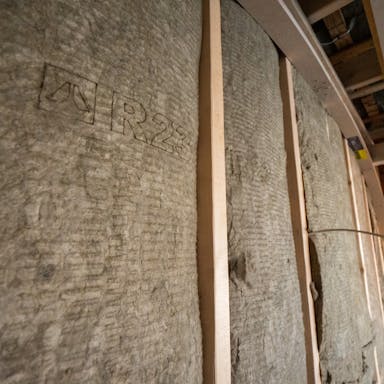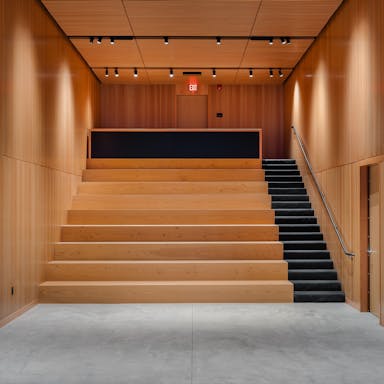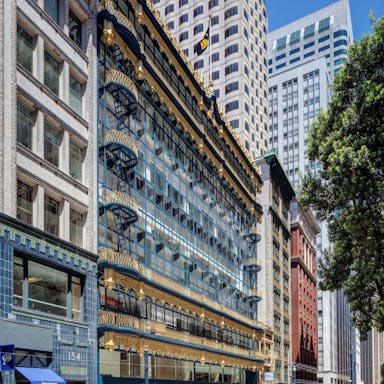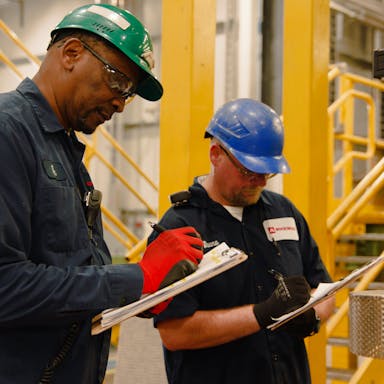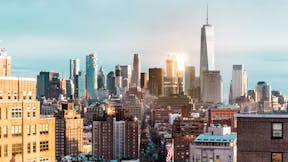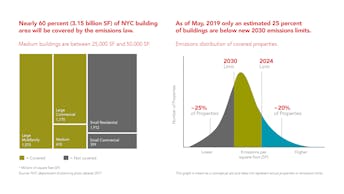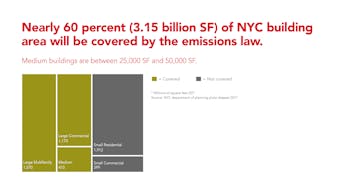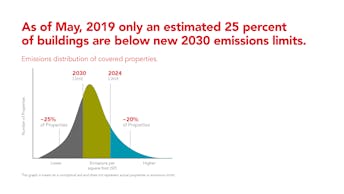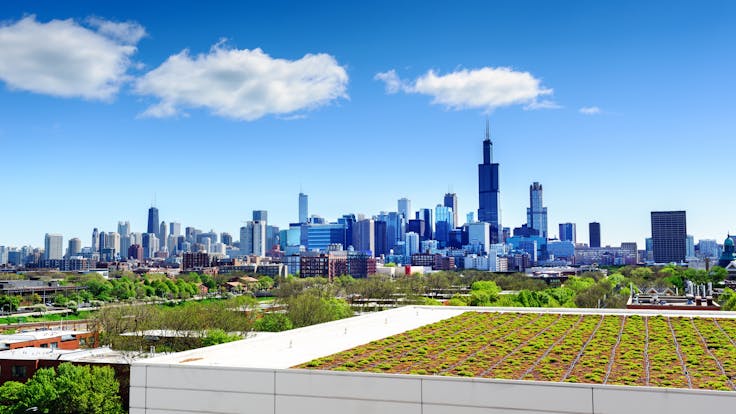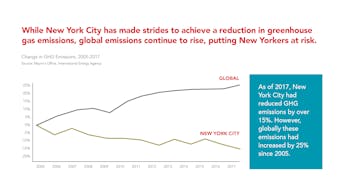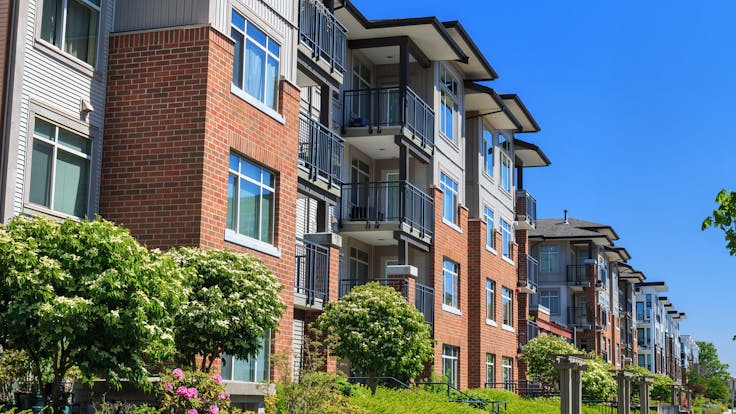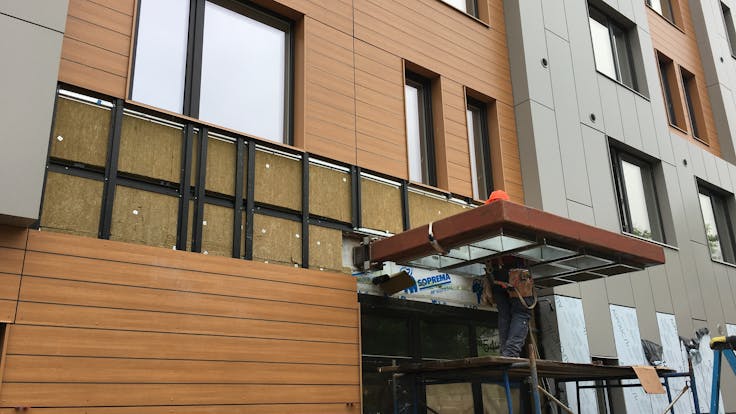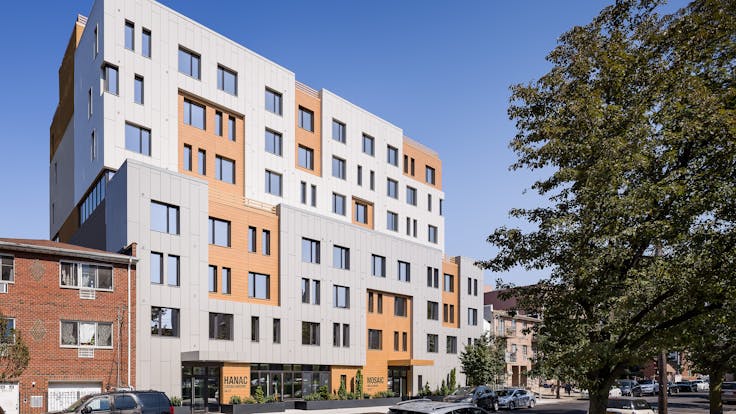New York City gets to work as Climate Mobilization Act (CMA) passes
New York City produces over 50 million tonnes of carbon dioxide a year, more than half of which comes from its own buildings which are the leading carbon emissions sources in the city. Now, the Big Apple will be undergoing big changes in light of the city’s new legislation – the Climate Mobilization Act.
Passed by the New York City Council, this set of bills will enact significant changes to New York’s energy efficiency efforts by setting carbon emission caps for many of the city’s monumental and historic buildings (including Trump Towers and the Empire State Building) in the interest of sustainability. These caps will significantly reduce the city’s carbon emissions, including greenhouse gas emissions, nitrogen oxides, sulfur oxides, and other particulate matter.
The Climate Mobilization Act is a welcome addition to New York’s climate action plan in ensuring a cleaner, healthier environment for all current and future New Yorkers. It will also stand as an example for other cities looking to create their own climate justice movement in fighting climate change. In total, it will affect almost 60 percent of the city’s current building stock, amounting to 50,000 structures.
In New York City, the climate crisis is not only of grave concern with the current infrastructure and building stock but also as it relates to the city’s population which is at a record high. Projected to surpass 26 million by 2050 from its 23 million regional population today, new housing construction has reached its highest levels since the 1960s and the high-density growth is fueling the need to ensure that the city’s growing population and strong economy remain foundational to meeting future aspirations.
DONT'T HAVE TIME TO READ THE WHOLE ARTICLE RIGHT NOW? DOWNLOAD THE PDF SUMMARY
Within this page
New York City gets to work as Climate Mobilization Act (CMA) passes
Climate Mobilization Act demands more in energy efficiency
NYC takes a stronger stance on reducing carbon emissions
Programs helping drive climate change in New York City
New York sustainability: giving the green light on green construction
Passive house building standards inspire comfort without compromise
How does ROCKWOOL support green building and passive house construction?
Never miss a beat.
Get industry news, trusted advice, and actionable support for your next project with our ROCKWOOL Blog newsletter.
Subscribe